Reply To: Guided Inquiry Design and FOSIL
Home › Forums › The nature of inquiry and information literacy › Guided Inquiry Design and FOSIL › Reply To: Guided Inquiry Design and FOSIL
Hello Darryl and Jenny,
Thank you for the detailed responses to my questions about GID and FOSIL! I think I was right in the middle of changing the unit of work from GID to FOSIL, and I was thinking out loud! I do appreciate your thoughtful replies.
I see that FOSIL does indeed differentiate between the overview type sources needed at the beginning of an inquiry, does refer to expected emotions at Explore, and that reflection is a part of the process throughout.
The table you’ve produced comparing GID with FOSIL is very useful.
The question you ask about why is there a need for three distinct phases of Open/Immerse/Explore, when they are covered in Connect made me think! Open is to tell students about the project, Immerse may be a little different from Connect, in that I believe it to be a teacher-led phase intended at firing enthusiasm in students with exciting content about the topic, pitched at a general level. This is useful in our Explicit teaching Vs Inquiry debate, where it is a way to demonstrate that the two approaches need not be at odds. It can also be a time to have a visiting speaker, or for students to go on a field trip.
So, you are right, probably Open and Immerse could join into one phase.
At Explore, we agree that students investigate general sources about the whole of the task (if the inquiry allows that, i.e. all are studying the same topic). They sample overview sources about the whole topic, leading them to an area of interest, to be nutted out at Identify. I think we are doing the same things!
I think Investigate, Construct, Express are in greater detail than GID and are more helpful at the top level about what’s involved in each of these.
There’s an idea in Share in GID, particularly in those inquiries that focus on one curriculum topic, that at that stage all students will learn a little about the whole topic, by listening to presentations from their peers on other aspects of the topic. Sometimes there is peer evaluation then; and I’ve seen Joanne Bleby, my wonderful colleague at Loreto Kirribilli, then require students to give an impromptu 5 minute speech about the overarching topic, not from the point of view of their inquiry question, thus demonstrating what they’ve learnt about the whole topic and from their peers. I witnessed this a few times, when the topic was the Holocaust, from the point of view of Bystanders, Upstanders, Victims and Perpetrators, and the quality of their involvement with this topic was really touching, and inquiry learning at its best! As you say, Jenny, this doesn’t work in the major projects where everyone has a different topic.
I think your thoughtful replies are demonstrating that we are on the same track! And that FOSIL goes considerably further in defining and illustrating the stages, then linking with ESIFC. And that perhaps some of the techniques in GID, such as inquiry circles, as Alinda says, may be of use to you. (Though I suspect you are probably already doing them as well!)
I look forward to talking to you both tonight. Alinda is coming too!
Lee FitzGerald


